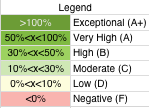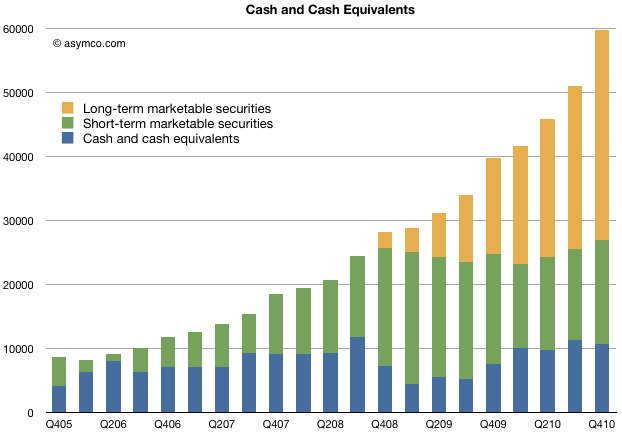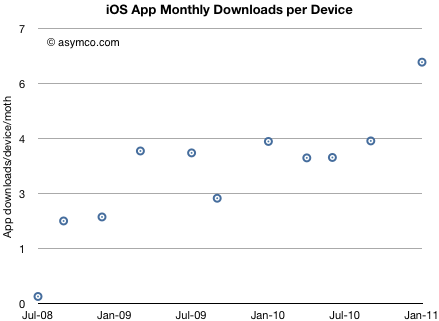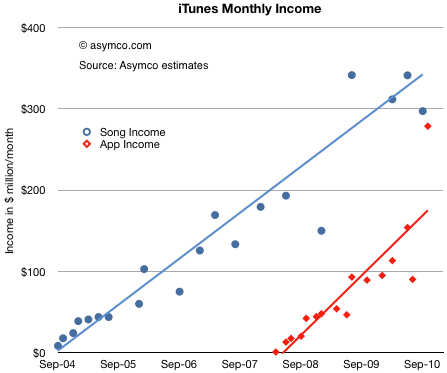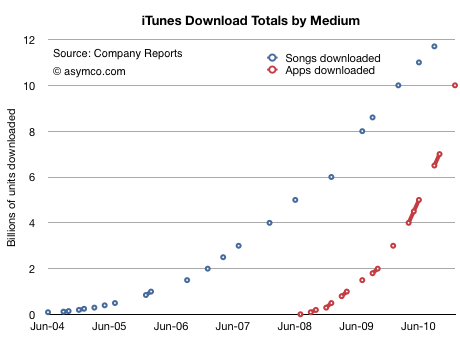We believe that we’re on the face of the Earth to make great products, and that’s not changing.
We’re constantly focusing on innovating.
We believe in the simple, not the complex.
We believe that we need to own and control the primary technologies behind the products we make, and participate only in markets where we can make a significant contribution.
We believe in saying no to thousands of projects so that we can really focus on the few that are truly important and meaningful to us.
We believe in deep collaboration and cross-pollination of our groups, which allow us to innovate in a way that others cannot.
And frankly, we don’t settle for anything less than excellence in every group in the company, and we have the self-honesty to admit when we’re wrong and the courage to change.
And I think, regardless of who is in what job, those values are so embedded in this company that Apple will do extremely well.
– Tim Cook, Acting Apple CEO, January 2009 FQ1 2009 Earnings Call
See also: Apple vs. Exxon-Mobil


